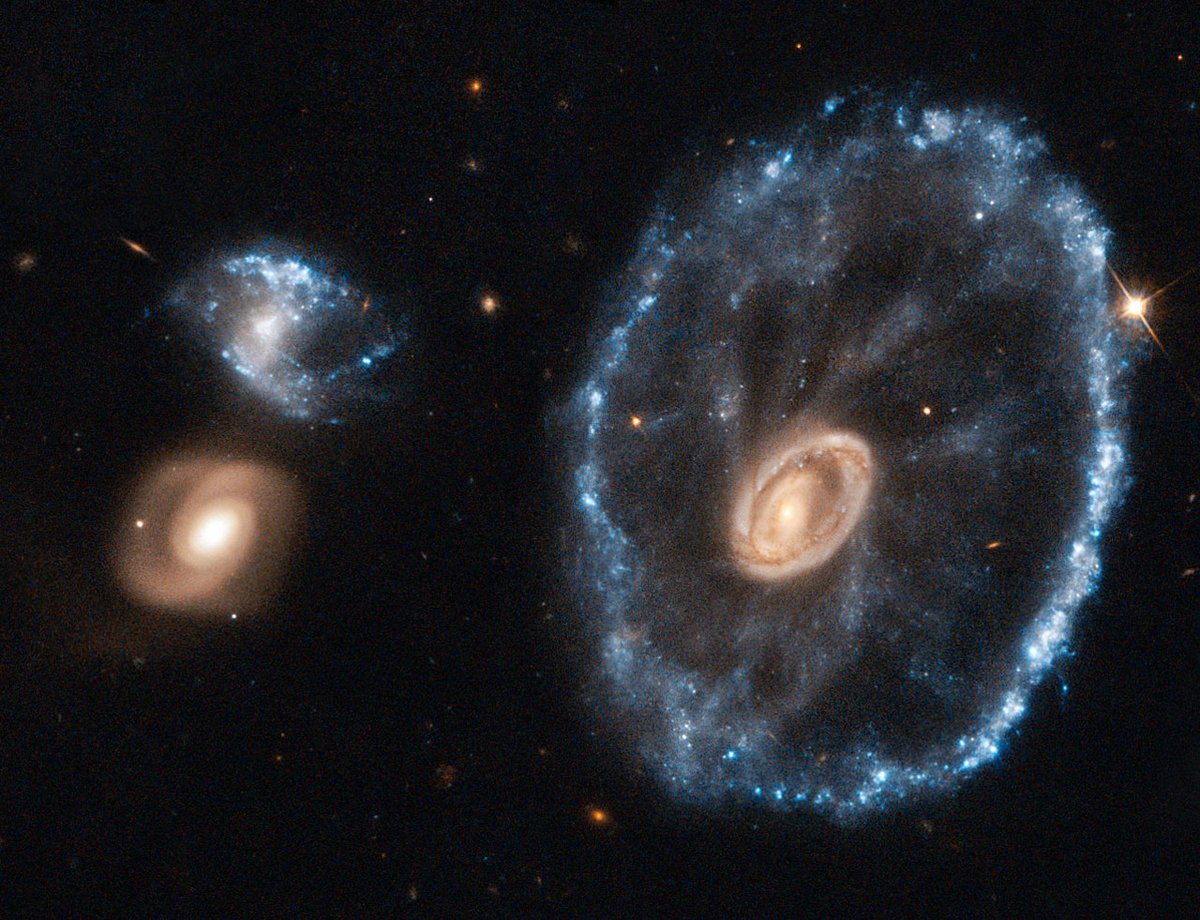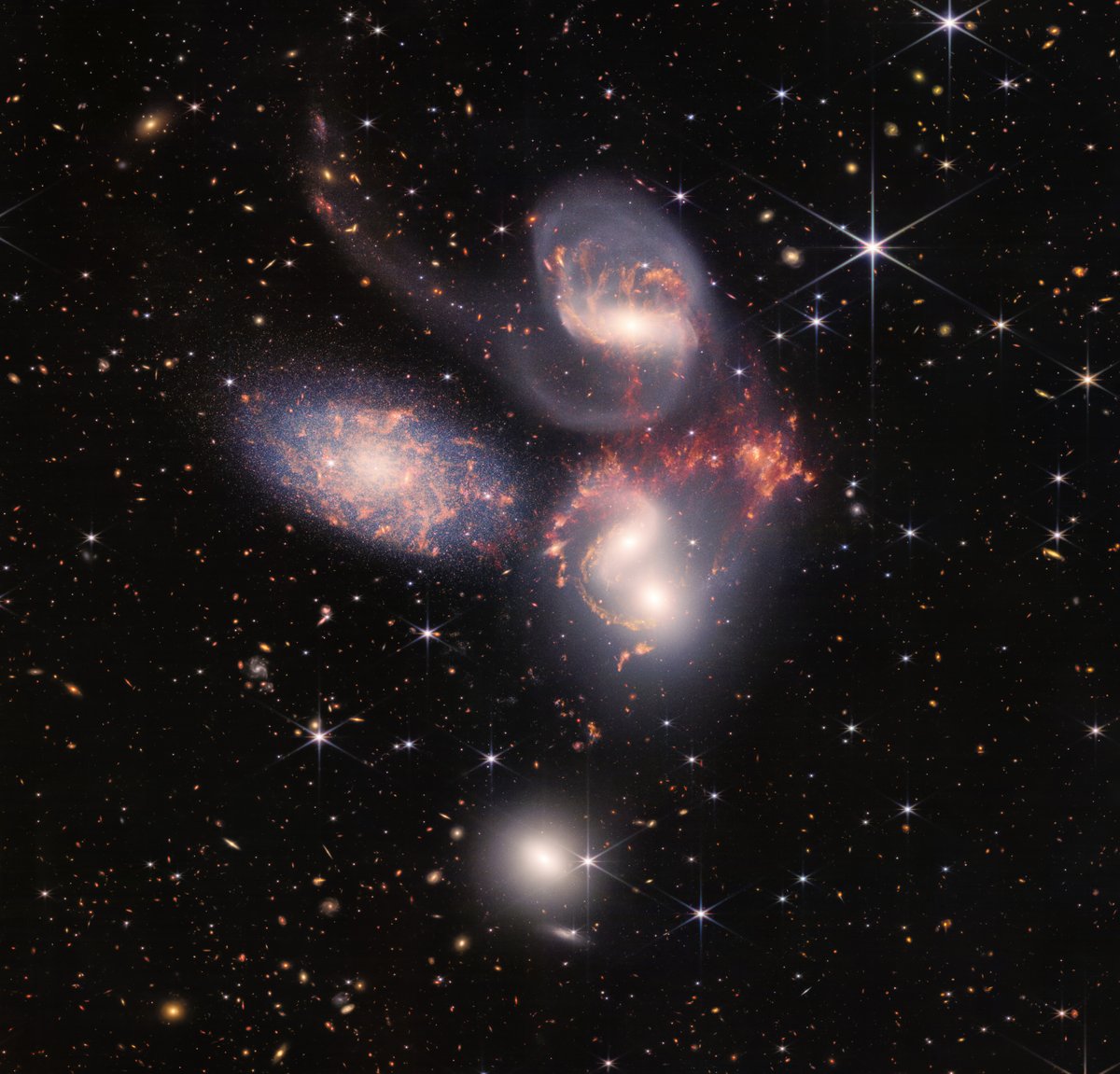
What you see here is a transmission spectrum made from a single observation using Webb’s NIRISS instrument. Let's take a closer look at it 👇 

A transmission spectrum is made by comparing starlight filtered through a planet’s atmosphere as it moves across the star, to the unfiltered starlight detected when the planet is beside the star 👇
🔴 Each of the 141 data points (white circles) on this graph represents the amount of a specific wavelength of light that is blocked by the planet and absorbed by its atmosphere 👇
Researchers are able to detect & measure the abundances of key gases in a planet’s atmosphere based on the absorption pattern—the locations and heights of peaks on the graph: each gas has a characteristic set of wavelengths that it absorbs 👇
The temperature of the atmosphere can be calculated based in part on the height of the peaks: a hotter planet has taller peaks. Other characteristics, like the presence of haze and clouds, can be inferred based on the overall shape of different portions of the spectrum 👇
🔴 The gray lines extending above and below each data point are error bars that show the uncertainty of each measurement, or the reasonable range of actual possible values. For a single observation, the error on these measurements is remarkably small 👇
🔴 The blue line is a best-fit model that takes into account the data, the known properties of WASP-96 b and its star (e.g., size, mass, temperature), and assumed characteristics of the atmosphere 👇
🔴 The labelled peaks in the spectrum indicate the presence of water vapour. The height of the water peaks, which is less than expected based on previous observations, is evidence for the presence of clouds that suppress the water vapor features 👇
The gradual downward slope of the left side of the spectrum (shorter wavelengths) is indicative of possible haze. The height of the peaks along with other characteristics of the spectrum is used to calculate an atmospheric temperature of about 725°C 👇
This is the most detailed infrared exoplanet transmission spectrum ever collected, the first transmission spectrum that includes wavelengths longer than 1.6 microns at such high resolution and accuracy, and ... 👇
...the first to cover the entire wavelength range from 0.6 microns (visible red light) to 2.8 microns (near-infrared) in a single shot. Not bad for #Webb's first observations. Read more here: esawebb.org/images/weic220… #WebbSeesFarther
• • •
Missing some Tweet in this thread? You can try to
force a refresh













